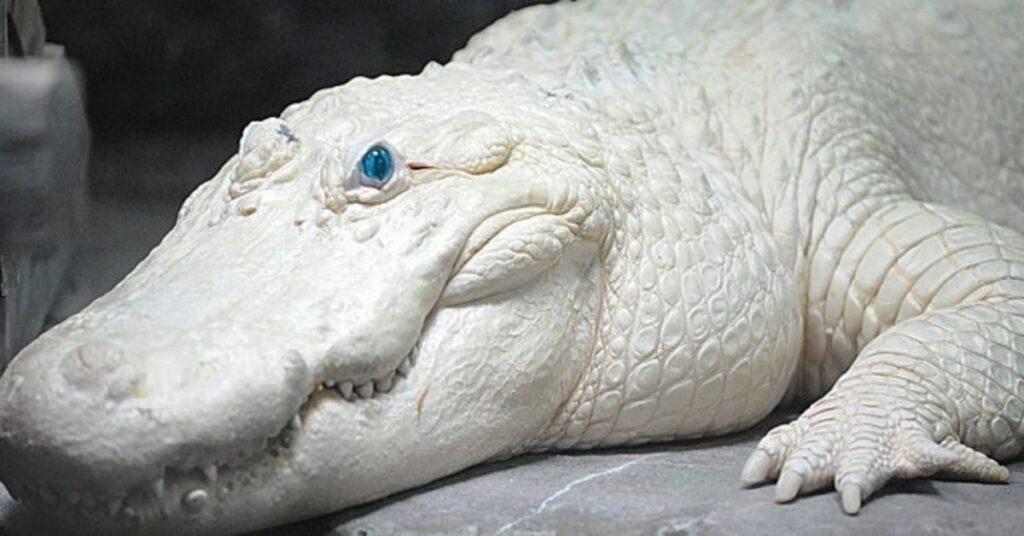
Have you ever seen an animal that’s almost entirely white, even though they’re typically much more colorful? What you saw was certainly a beautiful natural oddity–but perhaps not the type you’re thinking of.
If an animal suffers from leucism, the cells that would produce its natural color are unable to migrate into its skin, feathers, scales, cuticle, or hair. They end up looking like they’re either entirely white, pale, or partially colored. Albinos, on the other hand, just have a problem with their melanocytes, the cells that produce melanin.
It’s easy to mistake leucism for albinism in the wild. Fortunately, there’s one simple way you can tell whether an animal is leucistic or an albino: Look at the eyes. Animals with leucism retain their normal eye color (or have blue eyes); meanwhile, because melanin affects eye color as well, albinos have red or pink eyes.
Today Science’s History Milestone: On December 4, 1908, American biologist Alfred Hershey was born. Alongside Salvador Luria and Max Delbrück, Hershey was awarded the 1969 Nobel Prize in Physiology or Medicine “for their discoveries concerning the replication mechanism and the genetic structure of viruses.”
Still remember your 5th-grade science classes? Test your knowledge and see if you still remember these facts and fundamental concepts in human anatomy, biology, botany, and other branches of science. Click here to try the “Are You Smarter Than A Pinoy Fifth-Grader” Challenge.
Follow the hashtag #FlipFacts on Facebook and Instagram to get your regular dose of science trivia!
References:
- https://berkeleysciencereview.com/2012/02/why-whites-not-so-white-after-all-the-story-of-leucism/
- https://slate.com/technology/2016/07/leucism-is-the-cause-of-white-coloration-in-lions-not-albinism.html
- https://www.audubon.org/news/why-bird-half-white
- https://u.osu.edu/biomuseum/2016/04/04/living-colorless/
Author: Mikael Angelo Francisco
Bitten by the science writing bug, Mikael has years of writing and editorial experience under his belt. As the editor-in-chief of FlipScience, Mikael has sworn to help make science more fun and interesting for geeky readers and casual audiences alike.









